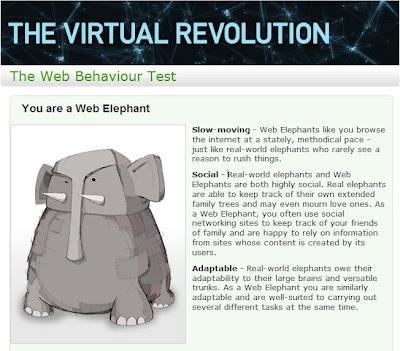If this question was asked 5 years ago, marketers would go: “Maybe Social Media is important but we will wait and see what our competitors come up with first.” It is 2010 now and the answer has changed significantly: “Yes, it is very important to try something new ahead of our competition” ...Social Media are even crucial for some companies. The key point here is that SOCIAL MEDIA HAS TO BE INTEGRATED WITH THE OTHER MARKETING AND MARCOMS TOOLS. Social media doesn't drive marketing, but marketing doesn't drive social media. THEY WORK TOGETHER.
In the society where the main focus is on brands not products, it is immensely important that the brands put emphasis on engaging with their key stakeholders (customers and consumers) via a range of social networks. Social Media help communicate with the customers and reach them in more ways than the traditional mediums. Communication is also about listening to the customers and monitoring their attitudes towards the brand. You can learn about what your customers want and what drives your business. What more, you can spot any change in their behaviour and avoid potential crisis and reputation damage.
Social Media is most of all AN ONGOING PROCESS, so whatever you start you need to follow through. The key is to have seamless and consistent communication across all mediums and listening to what your target audience really wants. Start with thinking of your objectives: What do you want to achieve by integrating Social Media into your business plan? Who are the key stakeholders that you want to talk to? What you want to say? How much you want to invest in Social Media? What media are you going to use? How do you implement this step into your communications strategy? How will you measure ROI? Etc.
Step 1 is about creating content. Focus on creating a comprehensive digital presence for your company or brand across key Social Media and digital platforms: Facebook Fan Pages, YouTube channel (or Vimeo), Flickr! account, AudioBoo account (or any other recording online tool), and blog.
Step 2 is about communicating your content via Blog Directories (Technorati, AllTop), Twitter, Digg, Stumble Upon and Stumble Exchange, etc. There are so many of ‘seeding’ sites available, just go and do your research.
Step 3 is about integrating step 1 and step 2:
- Generate content: create a blog post on your brand’s achievement/create a video of a winner of your competition/update your Flickr! page with new pictures from your company’s meeting/record an interview with your boss using AudioBoo/etc.
- Use Digg, Stumble Upon, Stumble Exchange, etc. to make others aware of the blog
- Post the link to the blog post on your Facebook Fan Page and Twitter account
- Watch how the traffic to your website increase – don’t forget to use SEO so you can measure the number of hits and your ROI in Social Media



